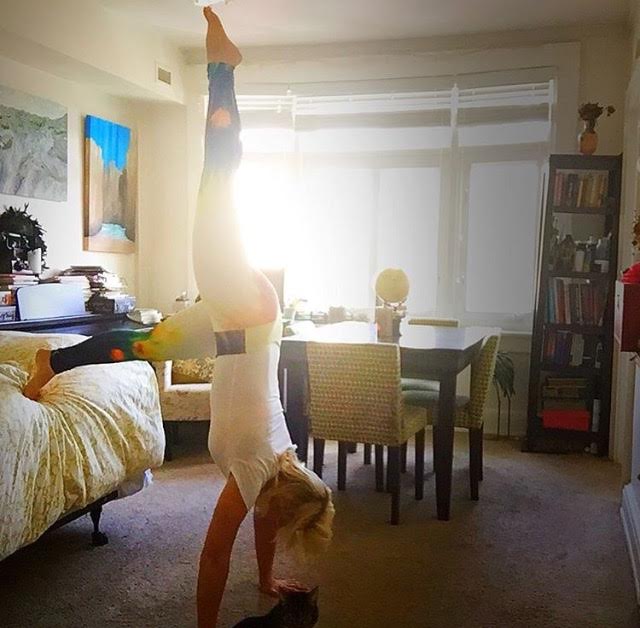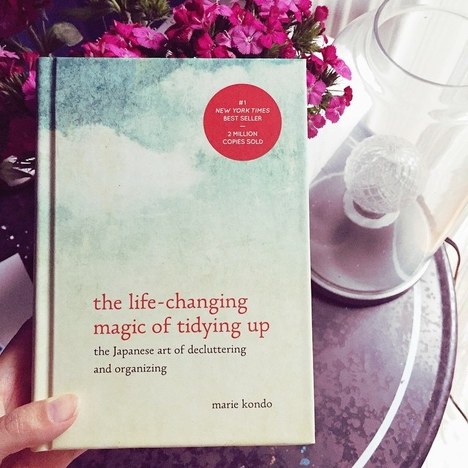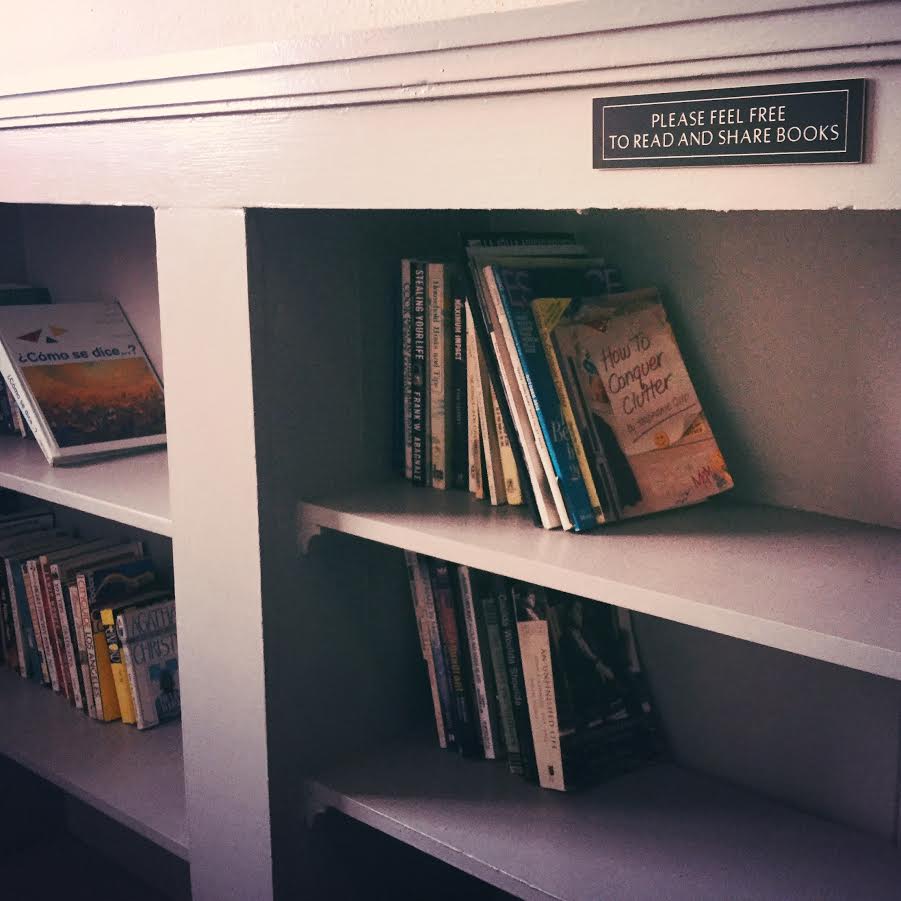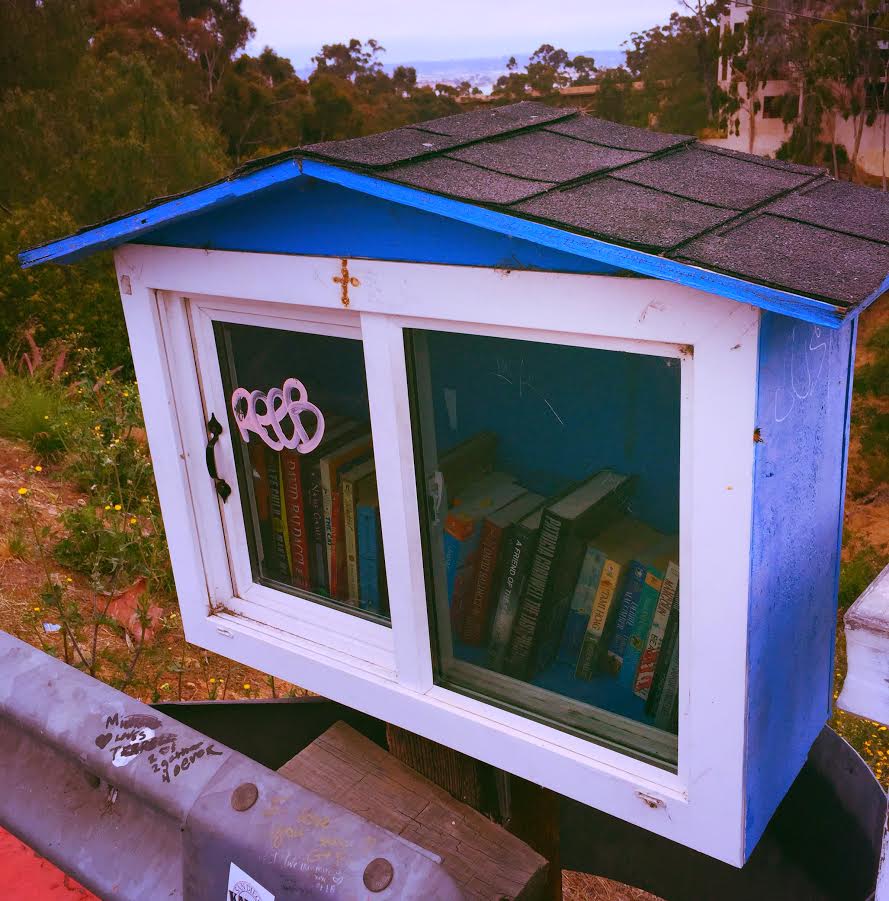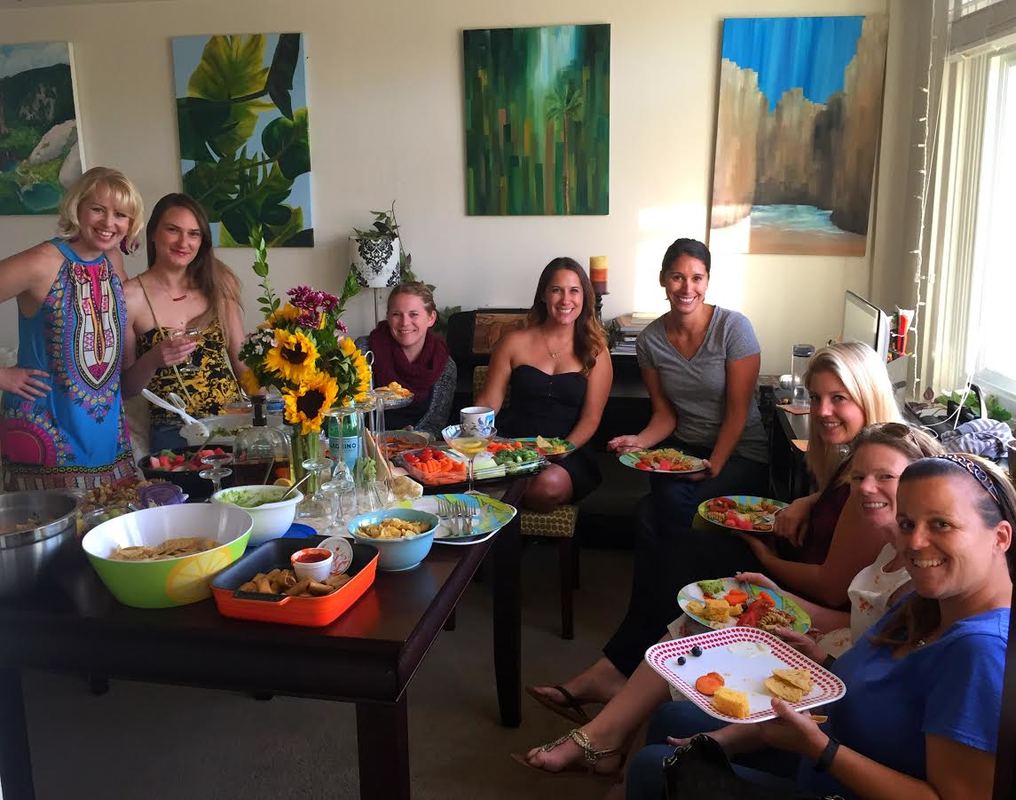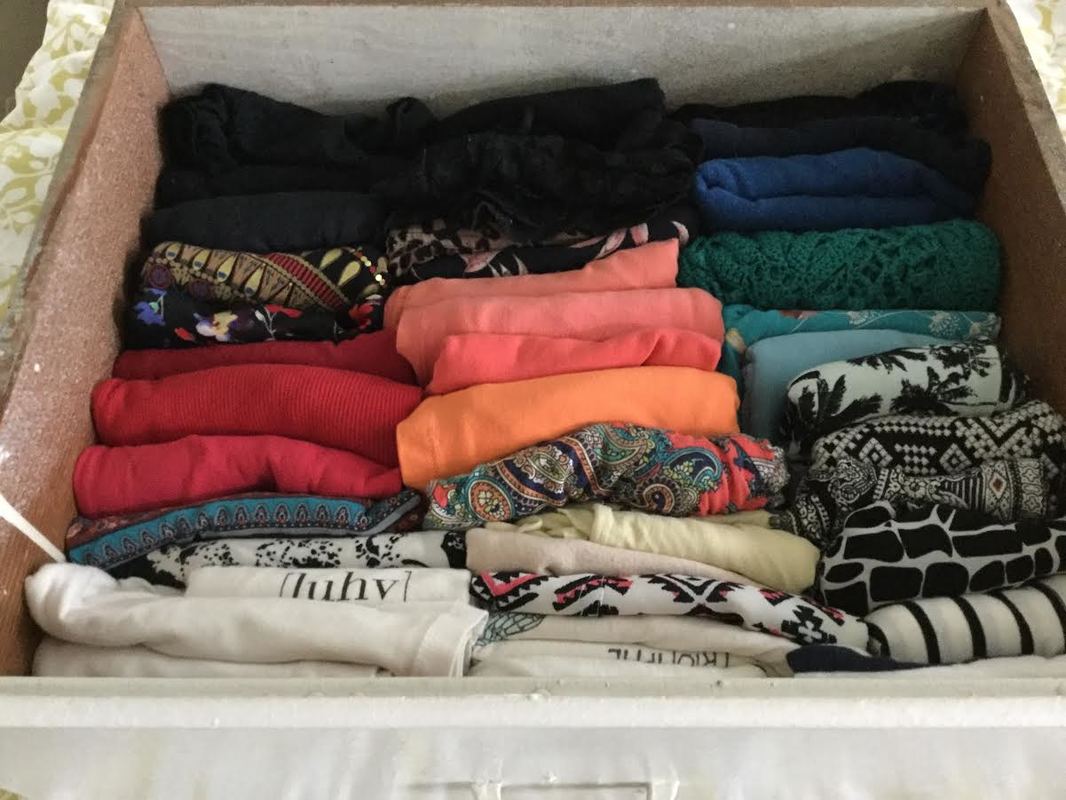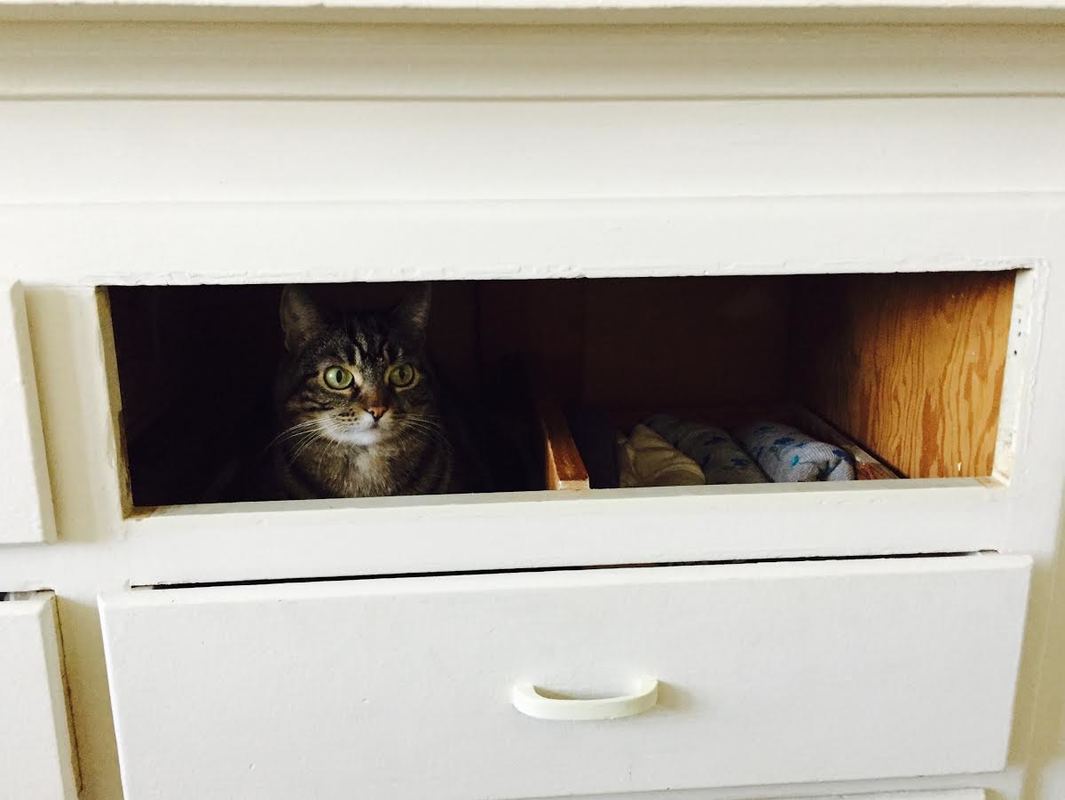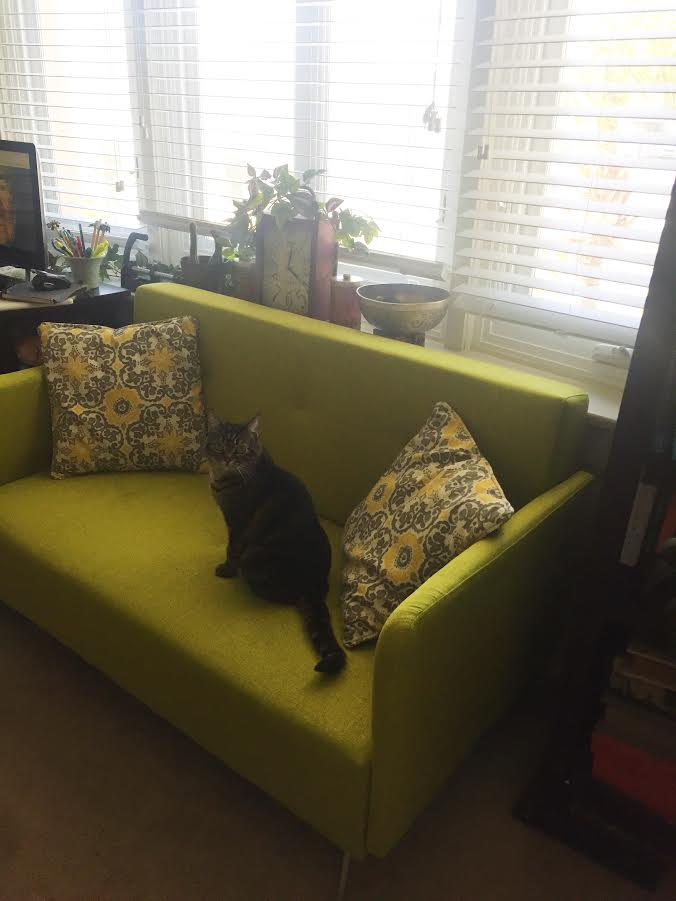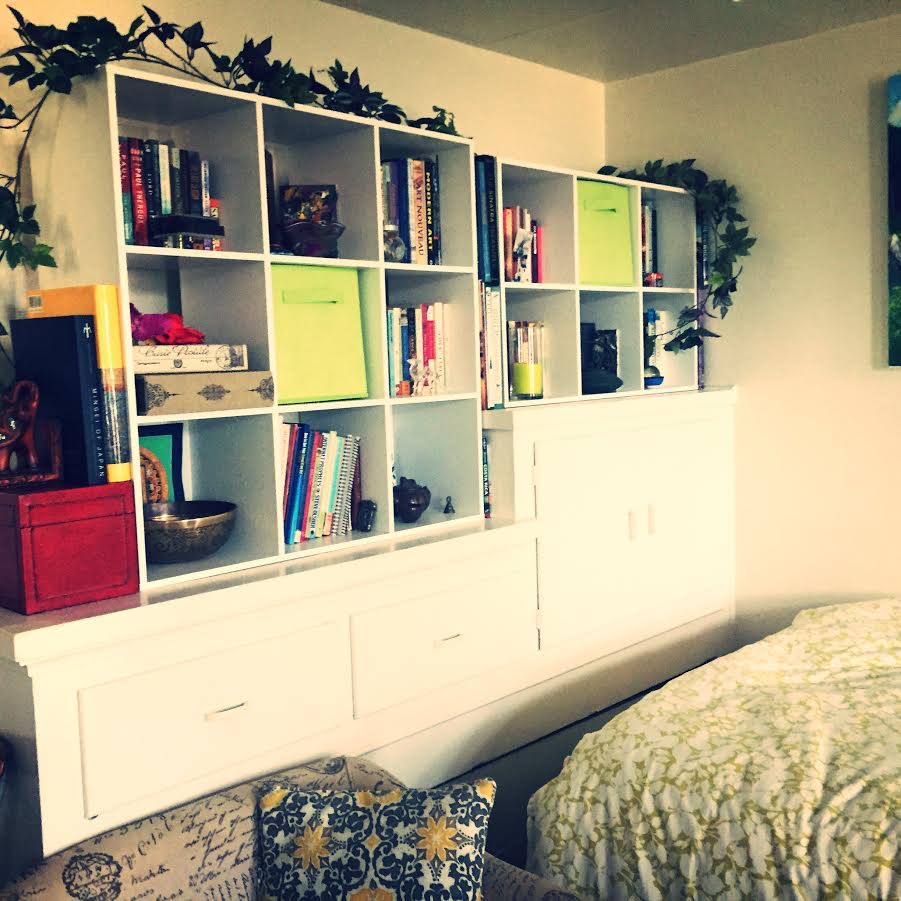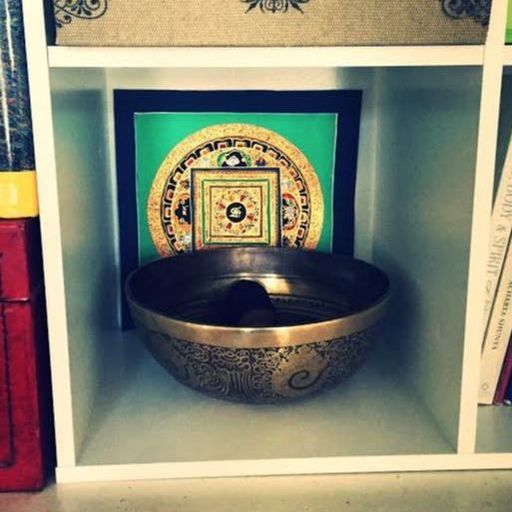“Transform your home into a sacred space.”
― Marie Kondō, The Life-Changing Magic of Tidying Up:
The Japanese Art of Decluttering and Organizing
By foot, planes, and trains, I finally arrived at midnight on April 16, 2017. As I walked up the stairs of my building to my studio apartment on the third floor, I couldn’t believe that I was finally home. I traveled to eight countries in eight weeks, staying in hostels, ashrams, tea houses, friend’s apartments, and hotels. The phrase “home, sweet home” had never felt more alive in my heart.
I fell fast asleep in my comfortable bed, but awoke several times throughout the night. I looked around to figure out where I was. Am I in Naples, Athens, or Rome? No, I recognize these paintings on my wall! I’m HOME! Each time I would be filled with such excitement that it would be hard to fall back to sleep.
Throughout my long journey, I often thought about home. I missed the quiet peace, symbolic reminders, and space to practice yoga and meditation alone. The element of space is sacred and connected with our higher chakras and consciousness (Healing with Form, Energy, and Light: The Five Elements,). The more we integrate with the space element, the clearer and more expansive our awareness becomes. Our life-force is enhanced when we see beauty. Therefore, we should spend time in spaces that are special and beautiful.
Is your home a beautiful and open space?
In this space, do you feel a peaceful connection with inner awareness?
Although I already cherished this beautiful space, I knew that I needed to make some changes to open it up a bit more. I had some clutter and my stuff wasn’t as organized as it could be. Now that I know I can live joyfully with only the items in my backpack, I no longer wanted to be weighed down with excess material things, but I didn’t want to be a complete minimalist either.
My sister, Naomi Vidal, and my best friend, Alexis Burns, both exclaimed that they’ve started reading the book, The Life-Changing Magic of Tidying Up and they recommended it to me. I considered myself a pretty tidy person as I would tidy up or clean at least once a week, but somehow clothes, purses, mail and other junk would seem to stack up on my kitchen table, dining chairs and reading chair. Usually my clothes only felt tidy when they were all in the laundry. It was an ordeal to stuff them back into the drawers and it would often take too long to locate something if I tucked it away.
I fell fast asleep in my comfortable bed, but awoke several times throughout the night. I looked around to figure out where I was. Am I in Naples, Athens, or Rome? No, I recognize these paintings on my wall! I’m HOME! Each time I would be filled with such excitement that it would be hard to fall back to sleep.
Throughout my long journey, I often thought about home. I missed the quiet peace, symbolic reminders, and space to practice yoga and meditation alone. The element of space is sacred and connected with our higher chakras and consciousness (Healing with Form, Energy, and Light: The Five Elements,). The more we integrate with the space element, the clearer and more expansive our awareness becomes. Our life-force is enhanced when we see beauty. Therefore, we should spend time in spaces that are special and beautiful.
Is your home a beautiful and open space?
In this space, do you feel a peaceful connection with inner awareness?
Although I already cherished this beautiful space, I knew that I needed to make some changes to open it up a bit more. I had some clutter and my stuff wasn’t as organized as it could be. Now that I know I can live joyfully with only the items in my backpack, I no longer wanted to be weighed down with excess material things, but I didn’t want to be a complete minimalist either.
My sister, Naomi Vidal, and my best friend, Alexis Burns, both exclaimed that they’ve started reading the book, The Life-Changing Magic of Tidying Up and they recommended it to me. I considered myself a pretty tidy person as I would tidy up or clean at least once a week, but somehow clothes, purses, mail and other junk would seem to stack up on my kitchen table, dining chairs and reading chair. Usually my clothes only felt tidy when they were all in the laundry. It was an ordeal to stuff them back into the drawers and it would often take too long to locate something if I tucked it away.
I started listening to this book on Audible.com and instantly became inspired to start cleansing excess items and reorganizing my space. Marie Kondo encourages us to only keep things that we love. One by one, pick up each object and if it sparks joy then keep it, if it doesn’t, dispose of it. She also recommends disposing of anything that does not fall into one of three categories: currently in use, needed for a limited period of time, or must be kept indefinitely.
I learned that tidying up is a transformative process that forces us to take a deeper look at our relationship with the present moment. Are we keeping things that served a purpose in the past or something fearful to discard something that might help us in the distant future? This process is a tool to establish a peaceful lifestyle for the person that we are becoming now, not for the person we were in the past. It’s also important to thank objects for the purpose that they have served you then send them off.
Although Marie Kondo made some excellent and useful points, I disagree with some of her discarding principles. I believe that we have a responsibility for what we acquire. It’s important to consider how we dispose of things and where these objects will go now. Try to avoid a landfill as much as possible. This brings us to the popular modern phrase “Reduce, reuse, recycle.” We can take it even further and add re-purpose and re-gift.
When I got to the chapter about books, I took the pile of books that I don’t love down to my building’s community bookshelf. This is like a mini library in which we can all exchange ideas. If your building doesn’t have one of these, some cities have book share boxes located throughout the community. On 4th Avenue in the neighborhood of Banker’s Hill and University Heights of San Diego, I’ve encountered these boxes on my walks. You can leave books or take books that have already served their purpose for other intellectuals’ growth.
Further, many used book stores accept books for a small monetary exchange. Finally, every city has a library that would be happy to accept or sell your books. If you are camping or trekking, paperback pages can be torn out to serve a campfire starters. Magazines can be donated to art programs at local schools and junk mail or old papers can be recycled into toilet paper, paper plates, etc.
I learned that tidying up is a transformative process that forces us to take a deeper look at our relationship with the present moment. Are we keeping things that served a purpose in the past or something fearful to discard something that might help us in the distant future? This process is a tool to establish a peaceful lifestyle for the person that we are becoming now, not for the person we were in the past. It’s also important to thank objects for the purpose that they have served you then send them off.
Although Marie Kondo made some excellent and useful points, I disagree with some of her discarding principles. I believe that we have a responsibility for what we acquire. It’s important to consider how we dispose of things and where these objects will go now. Try to avoid a landfill as much as possible. This brings us to the popular modern phrase “Reduce, reuse, recycle.” We can take it even further and add re-purpose and re-gift.
When I got to the chapter about books, I took the pile of books that I don’t love down to my building’s community bookshelf. This is like a mini library in which we can all exchange ideas. If your building doesn’t have one of these, some cities have book share boxes located throughout the community. On 4th Avenue in the neighborhood of Banker’s Hill and University Heights of San Diego, I’ve encountered these boxes on my walks. You can leave books or take books that have already served their purpose for other intellectuals’ growth.
Further, many used book stores accept books for a small monetary exchange. Finally, every city has a library that would be happy to accept or sell your books. If you are camping or trekking, paperback pages can be torn out to serve a campfire starters. Magazines can be donated to art programs at local schools and junk mail or old papers can be recycled into toilet paper, paper plates, etc.
Contrary to Marie Kondo’s negative opinion about giving our items away, when we consciously give and donate to other people, these offerings help to develop our capacity for compassion, sensitivity, and generosity. I’m grateful to have grown up with my parents reciting the phrase, “One man’s junk is another’s treasure.” From the book, Healing with Form, Energy, and Light: The Five Elements, “We [should] offer our wastes to whomever can benefit from them.”
Periodically, my girlfriends and I get together to throw a Clothing Exchange Party. We each bring bags of clothes, shoes, and accessories that are no longer serving us. We try things on and go shopping for free in each other’s closets. This exchange is so beautiful as we reuse what is already made. Whatever is left over is donated to our local charity, Goodwill or Salvation Army. Another option is to take clothes or fabrics to your local H&M store where they recycle these fabrics into new trends.
Periodically, my girlfriends and I get together to throw a Clothing Exchange Party. We each bring bags of clothes, shoes, and accessories that are no longer serving us. We try things on and go shopping for free in each other’s closets. This exchange is so beautiful as we reuse what is already made. Whatever is left over is donated to our local charity, Goodwill or Salvation Army. Another option is to take clothes or fabrics to your local H&M store where they recycle these fabrics into new trends.
After discarding the excess, it’s time to reorganize what I do love. The chapter on clothing brings a smile to my face every time I open a drawer or the closet door.
Marie Kondo teaches, “The act of folding is far more than making clothes compact for storage. It is an act of caring, an expression of love and appreciation for the way these clothes support your lifestyle. Therefore, when we fold, we should put our heart into it, thanking our clothes for protecting our bodies.”
I learned how to fold my clothes like books and stack them on the edges. When I open the drawer, every shirt, pant or sock is visible and arrange from light to dark. Not only can I see my objects more clearly, but this special arrangement of light to dark also has aesthetic appeal.
Marie Kondo teaches, “The act of folding is far more than making clothes compact for storage. It is an act of caring, an expression of love and appreciation for the way these clothes support your lifestyle. Therefore, when we fold, we should put our heart into it, thanking our clothes for protecting our bodies.”
I learned how to fold my clothes like books and stack them on the edges. When I open the drawer, every shirt, pant or sock is visible and arrange from light to dark. Not only can I see my objects more clearly, but this special arrangement of light to dark also has aesthetic appeal.
Our living space should not only be about beauty, but also about comfort and protection. I finally realized that much of my shoulder pain was coming from my posture as I sat typing in a simple chair in front of my computer. I had been living without a couch for the past 5 years because I thought I didn’t have space or money for one. It didn’t seem like a priority.
Then, I thought about how spacious I would feel if I got to sit in sukhasana pose while typing with my keyboard and mouse resting on a pillow on my lap. I could stretch my legs out to the sides or in front of me when needed. I realized that my posture is certainly a priority and my work space at home needs to honor my body.
So, within minutes of a quick search on the world wide web, I found a charming and simple and firm sofa on Amazon for only $200. It was easily delivered to my door and now my shoulder pain has reduced considerably. It was so easy to move my table to make space by the bay window.
Then, I thought about how spacious I would feel if I got to sit in sukhasana pose while typing with my keyboard and mouse resting on a pillow on my lap. I could stretch my legs out to the sides or in front of me when needed. I realized that my posture is certainly a priority and my work space at home needs to honor my body.
So, within minutes of a quick search on the world wide web, I found a charming and simple and firm sofa on Amazon for only $200. It was easily delivered to my door and now my shoulder pain has reduced considerably. It was so easy to move my table to make space by the bay window.
Some of the clothing, books, furniture, and items that I’ve collected over the years do serve a useful, as well as joyful, purpose in creating a beautiful environment of peaceful sanctuary. A sanctuary is a place of refuge, safety, and protection. The original Latin word meant a container for keeping something sacred or holy inside. Therefore, a sanctuary is a container for something of high value. This home space is important as it holds our body and consciousness. It should be regarded with reverence.
I learned in India that its important to keep your spiritual symbols where you can see them. I witnessed many people bowing in reverence to such shrines. These holy places or altars are also called sanctuaries. I returned from my journey with several symbolic reminders to attune into the higher consciousness. These items included an antique Tibetan singing bowl, a hand painted Buddhist Wheel, a smoky quartz crystal, prayer beads, and several books and notebooks. I needed to arrange my space to aesthetically display these important reminders.
Marie encourages, “Most clutter accumulates because things are not returned to where they belong. Hence, designate a specific place for everything. Storage should help you access items more swiftly, not keep them out of sight and mind.” With this inspiration, I ordered some cubicle shelves to place these sacred symbols and precious books that I often refer to. I can easily reach my Tibetan bowl to start my meditation each morning, and place it back where is belongs in front of the Buddhist Wheel painting.
I learned in India that its important to keep your spiritual symbols where you can see them. I witnessed many people bowing in reverence to such shrines. These holy places or altars are also called sanctuaries. I returned from my journey with several symbolic reminders to attune into the higher consciousness. These items included an antique Tibetan singing bowl, a hand painted Buddhist Wheel, a smoky quartz crystal, prayer beads, and several books and notebooks. I needed to arrange my space to aesthetically display these important reminders.
Marie encourages, “Most clutter accumulates because things are not returned to where they belong. Hence, designate a specific place for everything. Storage should help you access items more swiftly, not keep them out of sight and mind.” With this inspiration, I ordered some cubicle shelves to place these sacred symbols and precious books that I often refer to. I can easily reach my Tibetan bowl to start my meditation each morning, and place it back where is belongs in front of the Buddhist Wheel painting.
Did you know that energy can be manipulated through symbols?
What kind of energy do you want in your home?
I choose positive, loving, joyful, and peaceful energy every time I look at these shelves and use these objects. Now I have an open space for my morning sunrise meditation and yoga. I’m content with staying home in the evenings as well. Correspondingly, the element of space manifests consciousness strongly from sunset until sunrise.
When the space element is balanced in us, there is room in life; whatever arises can be accommodated. A person with balanced space may work full time, have a family, take care of a home, meditate and engage in spiritual practices, and accommodate everything. There is enough space for everything.
After this home transformation, I invited Alexis over for dinner. While sitting on the new sofa she declared, “You’ve changed. This is incredible to witness.”
I hope you too will take the time to make your home space an environment of high value, a sanctuary of beauty and order.
What kind of energy do you want in your home?
I choose positive, loving, joyful, and peaceful energy every time I look at these shelves and use these objects. Now I have an open space for my morning sunrise meditation and yoga. I’m content with staying home in the evenings as well. Correspondingly, the element of space manifests consciousness strongly from sunset until sunrise.
When the space element is balanced in us, there is room in life; whatever arises can be accommodated. A person with balanced space may work full time, have a family, take care of a home, meditate and engage in spiritual practices, and accommodate everything. There is enough space for everything.
After this home transformation, I invited Alexis over for dinner. While sitting on the new sofa she declared, “You’ve changed. This is incredible to witness.”
I hope you too will take the time to make your home space an environment of high value, a sanctuary of beauty and order.
You can have fun with the element of home space in my yoga online video class, Journey Around my Bedroom from the Finding Peace Course. I'm offering a special this month only for 60% off, that's only $20 for lifetime access to all four yoga classes with supplemental materials like alignment slides and quizzes.
The following is a preview for Journey Around my Bedroom Yoga. However, the schedule is outdated, please view the updated yoga schedule here.
The following is a preview for Journey Around my Bedroom Yoga. However, the schedule is outdated, please view the updated yoga schedule here.
